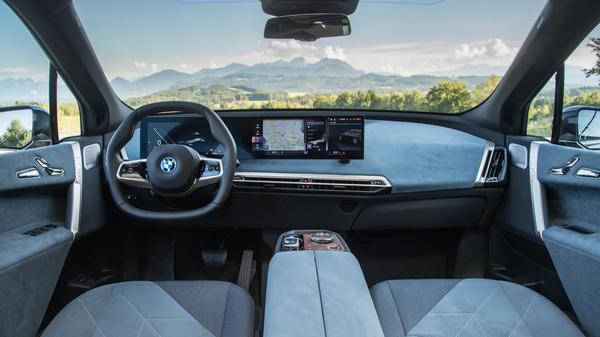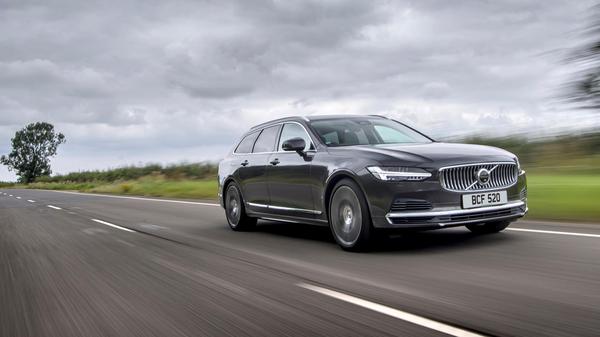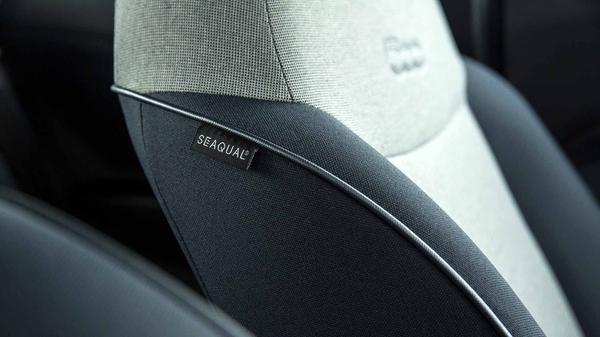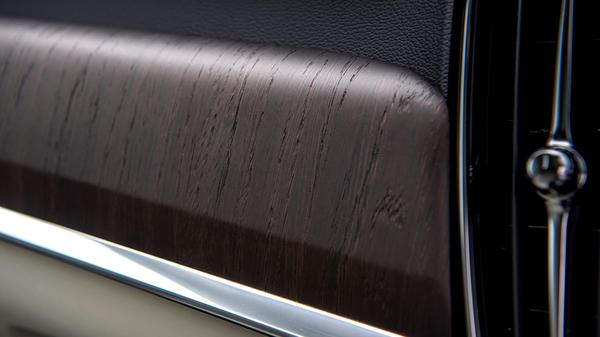News
Luxury car brands need to be braver about sustainability
How conspicuous consumption can be rebranded as a responsible lifestyle choice, with a little thought and willingness to embrace new ideas


Words by: Erin Baker
Published on 14 October 2021 | 0 min read
Brand ethics, not brand aesthetics: this is what’s driving luxury consumer net promoter scores and purchasing decisions, according to research by Bain and Co, and car brands in particular need to wake up to the shift in retail behaviour and act fast to address it.
Landfill sites might not seem like a topic for luxury discussions, but fashion designer Anya Hindmarch sees them as a valuable school of learning for brands looking to reduce their carbon footprint in an honest way. At last month’s Walpole Summit on the Future of British Luxury, the founder of the eponymous handbag label called out the cynical practice of offsetting carbon emissions by planting trees (see also car manufacturers ‘swapping’ carbon credits, as Tesla has with Alfa Romeo). She challenged the audience of CEOs and marketing directors of luxury brands to get their colleagues down to their local landfill site to better understand which parts of the supply chain and business model are causing the most damage, and look for better recycling and re-use opportunities.
Landfill sites might not seem like a topic for luxury discussions, but fashion designer Anya Hindmarch sees them as a valuable school of learning for brands looking to reduce their carbon footprint in an honest way. At last month’s Walpole Summit on the Future of British Luxury, the founder of the eponymous handbag label called out the cynical practice of offsetting carbon emissions by planting trees (see also car manufacturers ‘swapping’ carbon credits, as Tesla has with Alfa Romeo). She challenged the audience of CEOs and marketing directors of luxury brands to get their colleagues down to their local landfill site to better understand which parts of the supply chain and business model are causing the most damage, and look for better recycling and re-use opportunities.

Is it time for luxury car companies to take the lead on banning the most damaging materials and manufacturing processes from their cars, regardless of whether consumers are demanding it? Should Bentley pledge to ban chrome from its cars by 2025, should McLaren stop using traditional leather tanning processes, and might Pininfarina look at whether the batteries for the Battista could be made without welding components, in order to break them down more easily for recycling?
It seems rather surprising that, at the unveiling of a new luxury SUV (which we can’t talk about yet) the design team proudly talked about the new materials used in their car, such as ceramic and new veneers, but couldn’t tell me what the carbon footprint of manufacturing ceramic surfaces in the car is compared with wood and leather, and had no idea whether the veneers had come from sustainable plantations. They said they work with sustainable suppliers, but is that enough?
It seems rather surprising that, at the unveiling of a new luxury SUV (which we can’t talk about yet) the design team proudly talked about the new materials used in their car, such as ceramic and new veneers, but couldn’t tell me what the carbon footprint of manufacturing ceramic surfaces in the car is compared with wood and leather, and had no idea whether the veneers had come from sustainable plantations. They said they work with sustainable suppliers, but is that enough?

Consumers want transparency and accountability from their high-end, expensive acquisitions these days. If I’m going to pay north of £150,000 for a car, it seems to me the least the brand can do is have an in-depth understanding of the product, from ‘well to wheel’. Questions around sustainability, carbon footprints, recycling, upcycling and re-use cannot possibly come as a surprise to car brands these days. Yes, the emerging and new consumer wealth in China, India and Russia still holds leather, wood and traditional materials as markers of status, but in Europe and America (the West Coast of which has driven nearly every trend going, from vegan interiors to zero-emission tailpipe directives) consumers are driving the quest for responsible purchasing faster than brands can fulfil demand.
More importantly, brands need to be braver. You can wait for consumers to ask for this stuff, or you can take the lead and announce a ban on leather, and attract consumers who like the look of the moral high ground, and recognise an authentic, brave, honest brand that reflects their values when they see one. With the best marketing will in the world, it would undoubtedly be a gamble to leap ahead of any discernible customer demand but, if I were CEO of a luxury car marque right now, I’d be making the leap.
More importantly, brands need to be braver. You can wait for consumers to ask for this stuff, or you can take the lead and announce a ban on leather, and attract consumers who like the look of the moral high ground, and recognise an authentic, brave, honest brand that reflects their values when they see one. With the best marketing will in the world, it would undoubtedly be a gamble to leap ahead of any discernible customer demand but, if I were CEO of a luxury car marque right now, I’d be making the leap.
